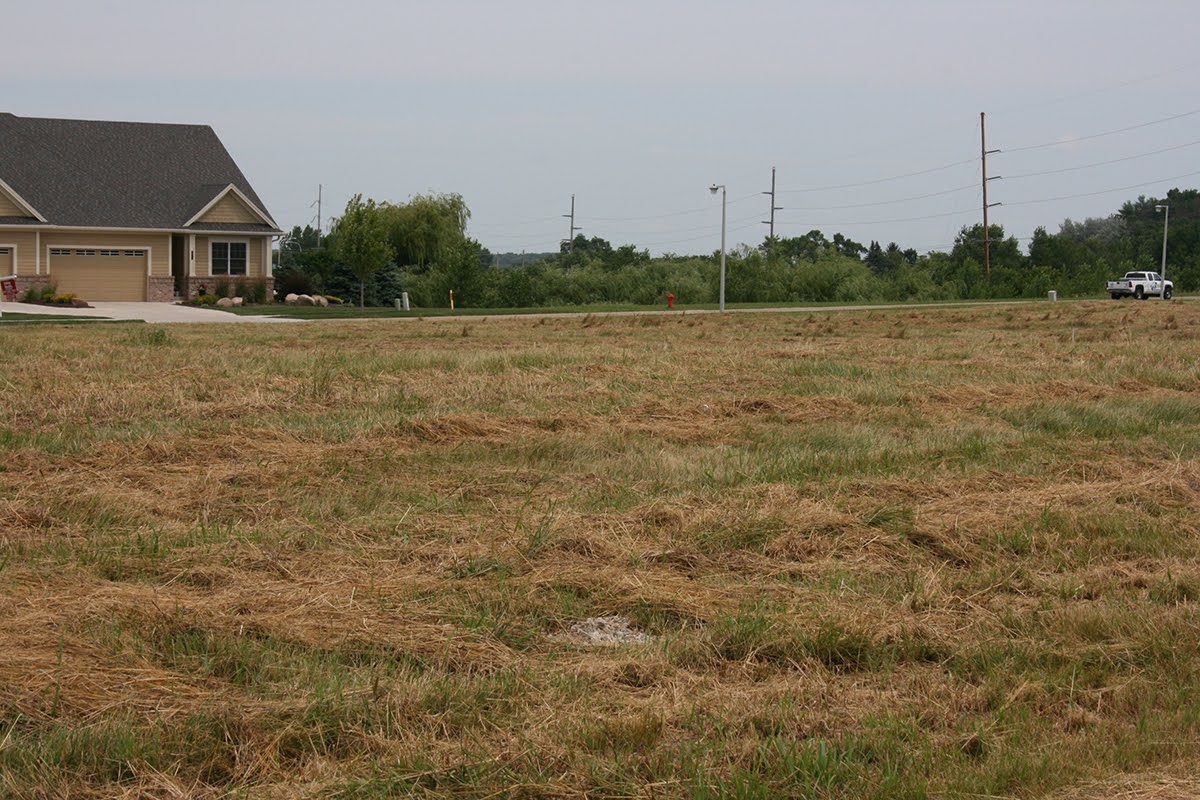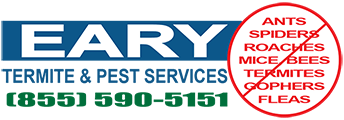
Signs You May Have a Gopher Infestation
Gophers, also known as pocket gophers, may seem harmless at first glance, but their activity can wreak havoc on your yard or garden. Recognizing the signs of a gopher infestation early can save you time, money, and potential damage to your landscaping. Here are the key indicators to watch for if you suspect gophers are taking up residence in your outdoor space.
Mounds of Dirt Appear in Your Yard
One of the most noticeable signs of a gopher infestation is the sudden appearance of crescent-shaped mounds of dirt. These are created as gophers dig their tunnels and push excess soil to the surface. Unlike molehills, which are more uniform and circular, gopher mounds tend to have a distinct fan or crescent shape. These mounds are typically small but can be widespread, leaving visible trails of disruption across your lawn or garden.
Soil Disruption and Sinkholes
Gophers are prolific diggers, and their tunneling activities can silently undermine the structure of your yard. If you notice areas of soft or uneven soil, it may be an indication that gopher tunnels are present below the surface. Left unchecked, their burrows can lead to larger sinkholes or depressions over time, creating hazards for both your landscape and any outdoor activities.
Chewed Plants and Missing Vegetation
Gophers are herbivores with a particular taste for roots, bulbs, and underground vegetation. If you find plants that seem to have been uprooted, chewed stems, or missing flowers and vegetables, this could be another classic sign of a gopher infestation. These pests aren’t selective in their diet and can damage decorative plants, crops, and even young trees in their search for food.
Damaged Utility Lines or Irrigation Systems
Gophers have strong teeth designed for chewing, making them highly destructive to underground systems. If your sprinkler lines, irrigation pipes, or utility cables suddenly stop working or show damage, gophers might be the culprits. Their tunneling can also cause water flow issues in your garden or yard, making repairs costly and time-consuming if the problem isn’t identified quickly.
Presence of Gopher Holes
Gopher holes are another key indicator of an infestation. These openings are typically small, about the size of a soft drink can, and are often situated near mounds of soil. Unlike mole tunnels, which may sometimes be visible above ground, gopher burrows remain hidden, with their entrances carefully plugged to keep predators from entering. Regularly inspecting for these holes in your lawn can help confirm their presence.
Increased Activity of Predators
The sudden appearance of predators such as hawks, owls, snakes, or even outdoor cats in your yard could be a sign that gophers have moved in. These creatures are natural hunters of gophers, and their increased interest in your property may indicate an active gopher population. Pay attention to any unusual animal activity near your home, as it might serve as a secondary signal of a gopher issue.
Noise or Movement in the Soil
Although gophers are shy and elusive creatures, you might hear faint rustling or movement beneath the soil in quiet areas of your yard. This can be particularly noticeable if you’re gardening or spending time close to their tunnels. While direct sightings of gophers above the ground are rare, any audible signs of movement underground can confirm their activity.
Protect Your Property From Gopher Damage
Once you recognize the signs of a gopher infestation, taking action is essential to prevent further destruction to your property. Early intervention can reduce their ability to create extensive tunnels or damage your landscape. Homeowners may consider trapping, repellents, or enlisting the help of professional pest control services to eliminate the problem entirely.
Being proactive and vigilant about these signs ensures you can address a gopher infestation quickly and protect the beauty and integrity of your outdoor space.
For more information about pest control, contact us.
Tags:
